
The Dodo is a fictional character appearing in Chapters 2 and 3 of the 1865 book Alice's Adventures in Wonderland by Lewis Carroll. The Dodo is a caricature of the author. A popular but unsubstantiated belief is that Dodgson chose the particular animal to represent himself because of his stammer, and thus would accidentally introduce himself as "Do-do-dodgson".

Through the Looking-Glass, and What Alice Found There is a novel published on 27 December 1871 by Lewis Carroll, a mathematics lecturer at Christ Church, University of Oxford, and the sequel to Alice's Adventures in Wonderland (1865). Alice again enters a fantastical world, this time by climbing through a mirror into the world that she can see beyond it. There she finds that, just like a reflection, everything is reversed, including logic.
Mutual assured destruction (MAD) is a doctrine of military strategy and national security policy which posits that a full-scale use of nuclear weapons by an attacker on a nuclear-armed defender with second-strike capabilities would result in the complete annihilation of both the attacker and the defender. It is based on the theory of rational deterrence, which holds that the threat of using strong weapons against the enemy prevents the enemy's use of those same weapons. The strategy is a form of Nash equilibrium in which, once armed, neither side has any incentive to initiate a conflict or to disarm.

Alice's Adventures in Wonderland is an 1865 English children's novel by Lewis Carroll, a mathematics don at Oxford University. It details the story of a young girl named Alice who falls through a rabbit hole into a fantasy world of anthropomorphic creatures. It is seen as an example of the literary nonsense genre. The artist John Tenniel provided 42 wood-engraved illustrations for the book.
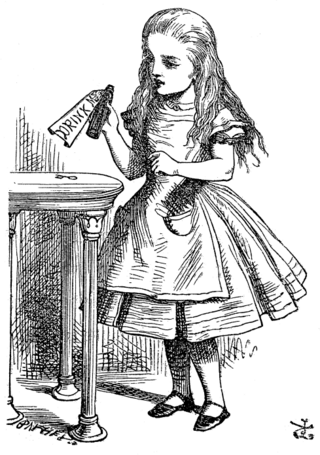
Alice is a fictional character and the main protagonist of Lewis Carroll's children's novel Alice's Adventures in Wonderland (1865) and its sequel, Through the Looking-Glass (1871). A child in the mid-Victorian era, Alice unintentionally goes on an underground adventure after falling down a rabbit hole into Wonderland; in the sequel, she steps through a mirror into an alternative world.
The Strategy of Technology doctrine involves a country using its advantage in technology to create and deploy weapons of sufficient power and numbers so as to overawe or beggar its opponents, forcing them to spend their limited resources on developing hi-tech countermeasures and straining their economy.

The nuclear arms race was an arms race competition for supremacy in nuclear warfare between the United States, the Soviet Union, and their respective allies during the Cold War. During this same period, in addition to the American and Soviet nuclear stockpiles, other countries developed nuclear weapons, though none engaged in warhead production on nearly the same scale as the two superpowers.
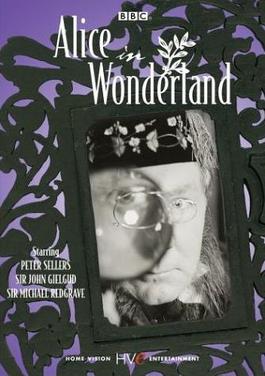
Alice in Wonderland is a 1966 BBC television play, shot on film, based on Lewis Carroll's 1865 book Alice's Adventures in Wonderland. It was adapted, produced and directed by Jonathan Miller, then best known for his appearance in the satirical revue Beyond the Fringe.

Lewis Carroll's books Alice's Adventures in Wonderland (1865) and Through the Looking-Glass (1871) have been highly popular in their original forms, and have served as the basis for many subsequent works since they were published. They have been adapted directly into other media, their characters and situations have been appropriated into other works, and these elements have been referenced innumerable times as familiar elements of shared culture. Simple references to the two books are too numerous to list; this list of works based on Alice in Wonderland focuses on works based specifically and substantially on Carroll's two books about the character of Alice.

Cadillacs and Dinosaurs is an animated television series produced by De Souza Productions, Galaxy Films and Nelvana, which aired on CBS as part of its Saturday morning children's lineup in the United States from 1993 to 1994, lasting for one season of 13 episodes. Based on Xenozoic Tales by Mark Schultz, the show was created by screenwriter Steven E. de Souza, who acquired the TV rights after producing the video game Cadillacs and Dinosaurs, which was also based on Schultz's comic. The show dealt with many strong ecological and political issues that were central to the plot development.

Alice in Wonderland is a musical by Henry Savile Clarke and Walter Slaughter (music), based on Lewis Carroll's books Alice's Adventures in Wonderland (1865) and Through the Looking-Glass (1871). It debuted at the Prince of Wales's Theatre in the West End on 23 December 1886. Aubrey Hopwood (lyrics) and Walter Slaughter (music) wrote additional songs which were first used for the 1900 revival.

The Red Queen is a fictional character and the main antagonist in Lewis Carroll's fantasy 1871 novel Through the Looking-Glass. She is often confused with the Queen of Hearts from the previous book Alice's Adventures in Wonderland (1865), although the two are very different.
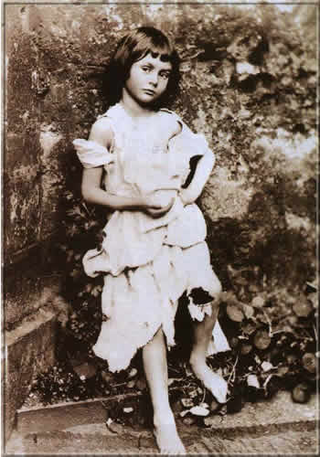
Through the Looking Glass is a chamber opera by the Australian composer Alan John to a libretto by Andrew Upton, based on Lewis Carroll's 1871 book and on the life of Alice Liddell, the girl for whom Carroll wrote the story's 1865 prequel, Alice's Adventures in Wonderland.
Nuclear latency or a nuclear threshold state is the condition of a country possessing the technology to quickly build nuclear weapons, without having actually yet done so. Because such latent capability is not proscribed by the Nuclear Non-Proliferation Treaty, this is sometimes called the "Japan Option", as Japan is considered a "paranuclear" state, being a clear case of a country with complete technical prowess to develop a nuclear weapon quickly, or as it is sometimes called "being one screwdriver's turn" from the bomb, as Japan is considered to have the materials, expertise and technical capacity to make a nuclear bomb at will. However, nuclear latency does not presume any particular intentions on the part of a state recognized as being nuclear-latent.

Lost in Blunderland: The Further Adventures of Clara is a novel by Caroline Lewis, written in 1903 and published by William Heinemann of London. It is a political parody of Lewis Carroll's two books, Alice's Adventures in Wonderland (1865) and Through the Looking-Glass (1871) and the sequel to Lewis' Clara in Blunderland. Lost in Blunderland, like its precursor, criticises the British government's approach to the Second Boer War.

Wonderland is the setting for Lewis Carroll's 1865 children's novel Alice's Adventures in Wonderland.
Project Socrates was a classified U.S. Defense Intelligence Agency program established in 1983 within the Reagan administration. It was founded and directed by physicist Michael C. Sekora to determine why the United States was unable to maintain economic competitiveness—and to rectify the situation.
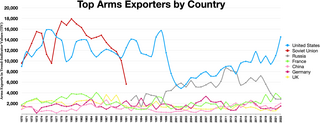
An arms race occurs when two or more groups compete in military superiority. It consists of a competition between two or more states to have superior armed forces, concerning production of weapons, the growth of a military, and the aim of superior military technology. Unlike a sporting race, which constitutes a specific event with winning interpretable as the outcome of a singular project, arms races constitute spiralling systems of on-going and potentially open-ended behavior.
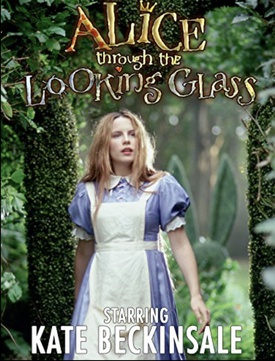
Alice through the Looking Glass is a 1998 British fantasy television film, based on Lewis Carroll's 1871 book Through the Looking-Glass, and starring Kate Beckinsale.















